How to Price Your Pottery: Tips for Artists
Pricing your pottery can feel like navigating a maze. One moment you're feeling confident about your creations, and the next, uncertainty creeps in. But fear not! This article is here to guide you through the intricate process of setting the right price for your pottery. Pricing is not just about slapping a number on your work; it’s a strategic decision that reflects your artistry, costs, and market dynamics. So, let’s dive into the essential elements that will help you price your pottery effectively!
Before you can set a price that resonates with your audience, it’s crucial to have a clear understanding of your costs. Think of your costs as the foundation of a house; if it’s shaky, everything built on top will be unstable. Start by calculating all the expenses associated with creating your pottery. This includes:
- Materials: Clay, glazes, and any tools you need.
- Labor: Your time is valuable! Consider how much time you spend on each piece.
- Overhead: Rent, utilities, and other business expenses that keep your studio running.
Once you have a comprehensive list of costs, you can better determine a price that not only covers your expenses but also allows you to make a profit. Remember, pricing too low might attract buyers, but it can also lead to burnout and resentment over time.
Next up is market research, which is akin to checking the weather before a big outdoor event. You wouldn’t want to be caught off guard! Take the time to analyze the pricing landscape for similar pottery in your area or online. Look at competitors' prices—what are they charging for similar items? This will give you a benchmark to work from.
But don’t stop there! Identify your unique selling points (USPs). Ask yourself, what makes your pottery stand out? Is it the intricate designs, the sustainable materials, or perhaps a unique firing technique? Highlighting these USPs can help you position your work effectively in the market.
Knowing your target audience is like having a roadmap on your pricing journey. Different demographics may have varying willingness to pay, so it’s essential to tailor your prices to appeal to your specific customer base. Consider the following:
Understanding the demographics of your audience can significantly influence your pricing strategy. Factors such as age, income level, and personal preferences play a crucial role. For instance, younger audiences may prefer affordable, trendy pieces, while older customers might lean toward timeless, artisanal pottery. By aligning your prices with their preferences, you can create a stronger connection with potential buyers.
Analyzing the buying habits of your audience can also reveal what price points are attractive. Are they more inclined toward affordable options, or are they seeking luxury items that reflect quality and craftsmanship? Adjust your pricing accordingly to meet the expectations of your target market.
The perceived value of your pottery plays a significant role in how you set your prices. Think of it like a fine wine; the better the perception, the higher the price! Highlight elements such as craftsmanship, uniqueness, and artistic expression to enhance the perceived value. You want your customers to feel that they are not just buying a piece of pottery but investing in a work of art that tells a story.
Now that you have a solid understanding of your costs and market dynamics, it’s time to explore effective pricing strategies. Different approaches can maximize your sales potential and ensure you’re not leaving money on the table. Here are a few strategies to consider:
Cost-plus pricing is a straightforward method where you add a markup to your total costs. This ensures that you cover your expenses while achieving a desired profit margin. It's especially suitable for many artists who want a clear and simple pricing structure.
On the other hand, value-based pricing focuses on the perceived value of your pottery rather than just the costs. By emphasizing the unique aspects of your work, such as its story, craftsmanship, and emotional connection, you can set higher prices that reflect its true worth. Remember, customers are often willing to pay more for something they perceive as valuable.
1. How do I determine my costs accurately?
Start by tracking all your expenses related to materials, labor, and overhead. Keeping detailed records can help you get a clear picture of your costs.
2. What if my pottery is priced higher than competitors?
If your prices are higher, ensure that you communicate the unique qualities of your work. Highlight craftsmanship, materials, and design to justify the price.
3. How often should I review my pricing strategy?
It’s a good idea to review your pricing strategy regularly, especially after significant changes in costs or market demand. This ensures you stay competitive and profitable.
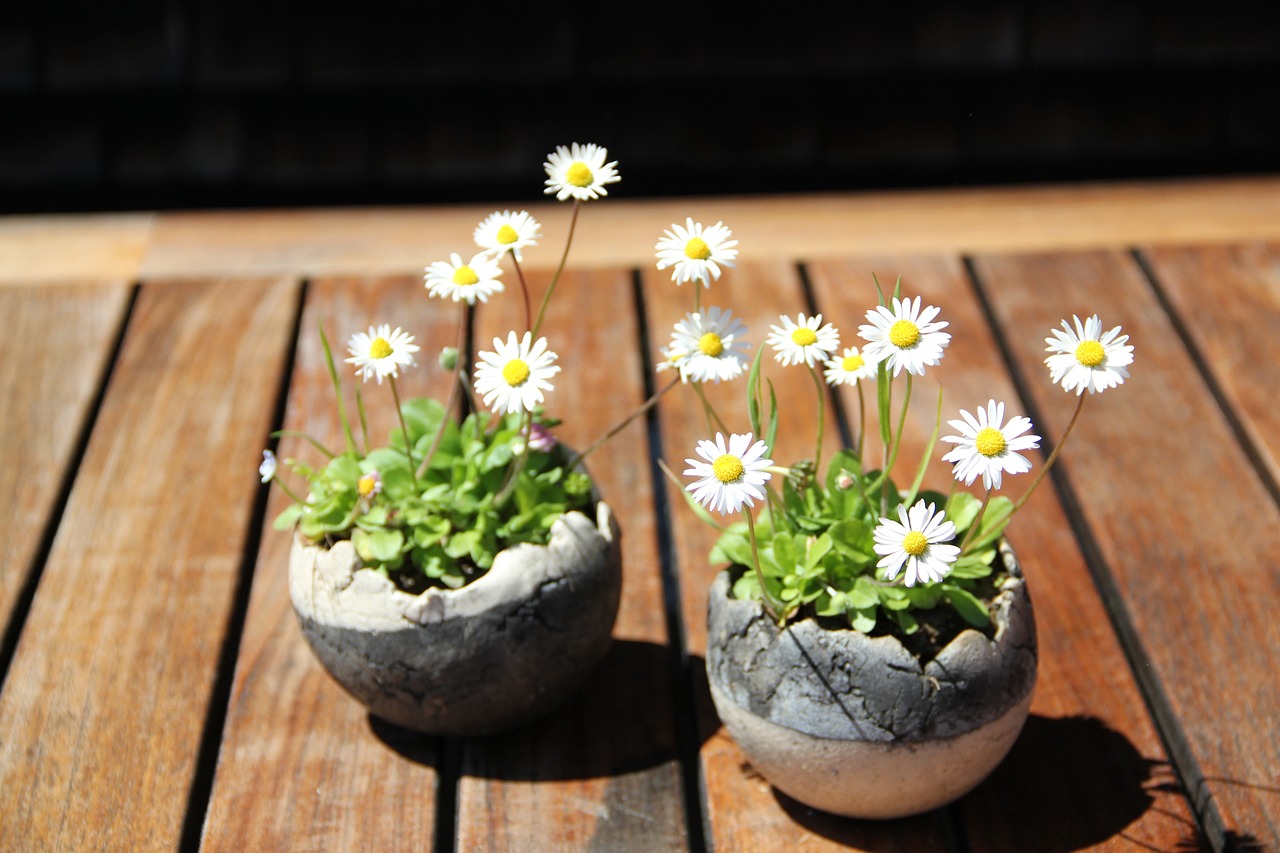
Understanding Your Costs
Before you dive into the exciting world of pricing your pottery, it’s crucial to get a firm grip on your costs. Think of it as laying a solid foundation for a house; without it, everything else can come crashing down. So, what should you consider when calculating these costs? Let’s break it down step by step.
First and foremost, you need to account for materials. This includes clay, glazes, tools, and any other supplies you use to create your masterpieces. Have you ever thought about how much that beautiful, vibrant glaze adds to your overall cost? Each little detail counts! Next up is your labor. This is the time you spend crafting your pottery, from shaping the clay to firing it in the kiln. Don’t underestimate the value of your time; after all, it’s your passion that brings your art to life.
Additionally, you should factor in overhead costs. These are the expenses that keep your studio running smoothly, such as rent, utilities, and equipment maintenance. Even the smallest expenses can pile up, so keep an eye on them. To give you a clearer picture, here’s a simple breakdown of potential costs:
| Cost Category | Examples |
|---|---|
| Materials | Clay, glazes, tools |
| Labor | Time spent creating pottery |
| Overhead | Rent, utilities, equipment maintenance |
By understanding these costs, you’ll be able to establish a pricing strategy that not only covers your expenses but also allows you to make a profit. It’s like putting together a puzzle; each piece is essential for the complete picture. You wouldn’t want to underprice your work and end up in the red, right? That would be like selling a luxury car for the price of a bicycle!
Moreover, don’t forget to consider any additional expenses that might arise, such as shipping costs if you sell online or at markets. These can sneak up on you, so it’s wise to include them in your calculations. It’s all about being thorough and making sure nothing gets overlooked. Remember, the more informed you are about your costs, the better equipped you’ll be to set prices that reflect the true value of your pottery.
In conclusion, understanding your costs is a fundamental step in the pricing process. It’s not just about slapping a number on your creations; it’s about recognizing the time, effort, and resources that go into each piece. By taking the time to calculate your costs accurately, you’ll be setting yourself up for success in the competitive world of pottery.

Market Research
When it comes to pricing your pottery, is your best friend. Think of it as your treasure map that guides you through the vast landscape of pottery pricing. You want to know what others are charging, but more importantly, you need to understand why they charge what they do. This means diving deep into the world of your competitors and analyzing their pricing strategies. Are they offering similar pieces at a lower price? Or perhaps their work is more expensive due to unique materials or techniques? By answering these questions, you can position your pottery effectively in the market.
Start by identifying your direct competitors—those who create pottery similar to yours. Take a look at their websites, social media pages, and even local galleries. Make a note of their pricing and try to uncover what makes their work appealing. Is it the design, the quality, or perhaps the story behind each piece? Understanding these factors will not only help you set competitive prices but also enhance your unique selling points.
Another essential aspect of market research is identifying your target audience. Who are the people most likely to buy your pottery? Are they young professionals looking for trendy home decor, or are they collectors seeking out one-of-a-kind pieces? Understanding their demographics—such as age, income level, and lifestyle—will allow you to tailor your pricing strategy to meet their expectations and needs.
To better illustrate this, consider the following table that outlines different customer segments and their potential pricing thresholds:
| Customer Segment | Average Income | Price Willingness |
|---|---|---|
| Young Professionals | $40,000 - $60,000 | $25 - $75 |
| Families | $60,000 - $100,000 | $50 - $150 |
| Art Collectors | $100,000+ | $150 - $500+ |
By analyzing this data, you can see that different segments have different price points they are comfortable with. This is crucial when deciding how to price your pottery. If your target audience consists of young professionals, pricing your pieces at $25 to $75 might attract more buyers. However, if you aim to appeal to art collectors, you could justify higher prices by emphasizing the craftsmanship and uniqueness of your work.
Finally, don't forget to keep an eye on market trends. Are there any emerging styles or techniques that are gaining popularity? Staying updated with these trends can help you adjust your pricing strategy accordingly. For example, if a certain glaze or design becomes the latest craze, you might be able to increase your prices due to heightened demand. In this fast-paced world, being adaptable is key.
In summary, conducting thorough market research is an essential step in effectively pricing your pottery. By understanding your competitors, identifying your target audience, and staying informed about market trends, you can set prices that not only cover your costs but also attract your ideal customers.
- How can I find my competitors? Look for local pottery artists, online marketplaces, and social media platforms to see what others are doing.
- What if my pottery is unique? Highlight its uniqueness in your marketing to justify higher prices.
- How often should I adjust my prices? Regularly review your pricing strategy, especially after major market changes or trends.
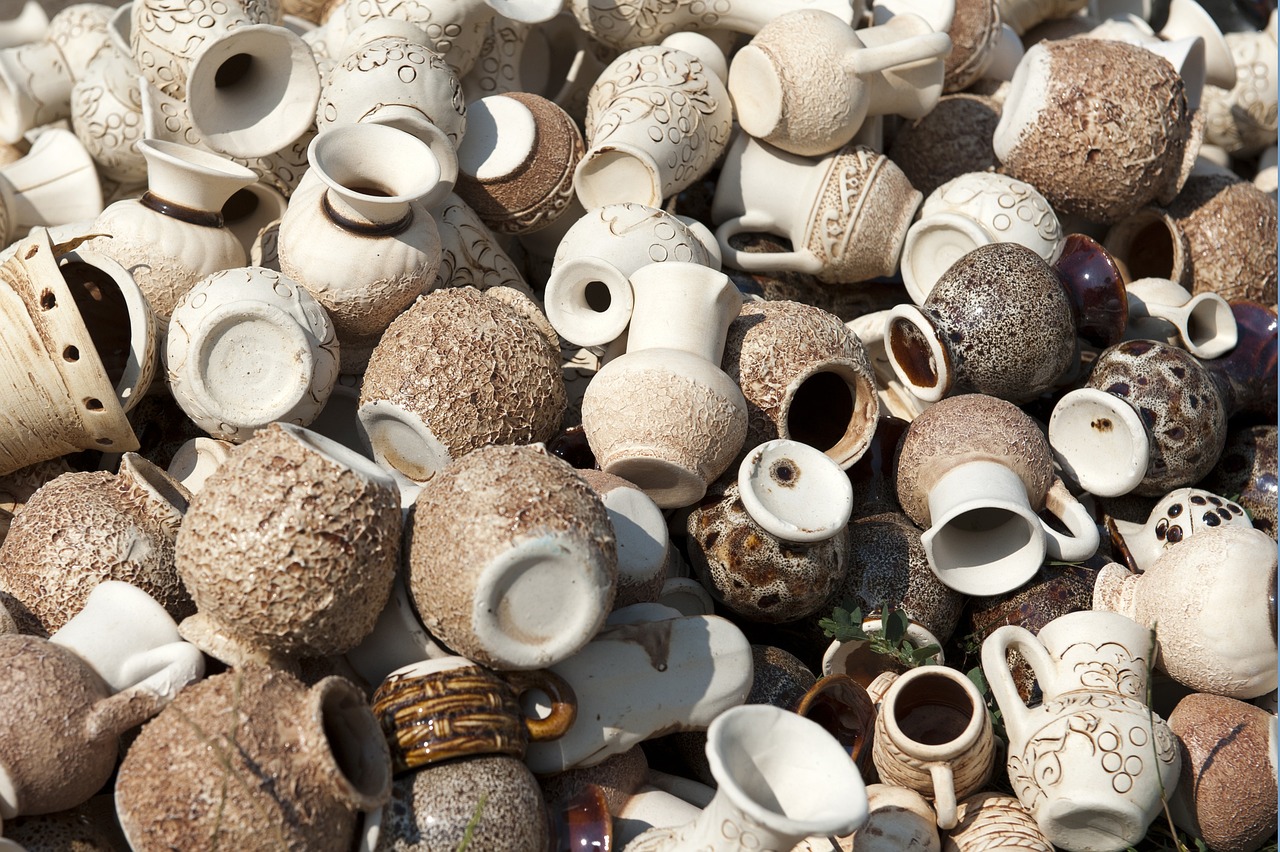
Identifying Your Target Audience
When it comes to pricing your pottery, one of the most important steps is . Think of your audience as the compass guiding your pricing strategy. Without knowing who you’re selling to, you might find yourself lost in a sea of uncertainty. So, who are these potential buyers? Are they young professionals seeking chic home decor, or perhaps families looking for functional and artistic dinnerware? Understanding the demographics of your audience is crucial, as it allows you to tailor your prices to fit their expectations and purchasing power.
Let’s break this down a bit. First, consider the demographics of your target audience. This includes age, income level, and lifestyle choices. For instance, if your pottery appeals to a younger, trend-savvy crowd, you might find that they are willing to pay a bit more for unique, one-of-a-kind pieces that stand out. On the other hand, if you’re targeting families, they may prioritize functionality and affordability over artistic flair. By knowing your audience, you can set prices that resonate with their values and needs.
Next, delve into their buying habits. Understanding how your audience shops can provide insight into what price points are attractive to them. Are they bargain hunters, or do they seek out premium products? For example, if your pottery is positioned as a luxury item, it’s essential to communicate that value effectively. You might consider creating an engaging story around your pieces, emphasizing the craftsmanship and inspiration behind each creation. This narrative can elevate the perceived value of your work, making it more appealing to those who appreciate artistry and are willing to invest in it.
To get a clearer picture, you might want to conduct surveys or engage with your audience on social media. Ask them about their preferences, what they look for in pottery, and how much they are willing to spend. This direct feedback can be invaluable in shaping your pricing strategy. Additionally, consider creating a buyer persona—a fictional representation of your ideal customer based on market research and real data about your existing customers. This persona can help you visualize and better understand your target audience, ultimately guiding you in setting the right prices.
In summary, identifying your target audience is not just about knowing who they are; it’s about understanding their preferences, buying habits, and how they perceive value. By taking the time to research and connect with your audience, you can create a pricing strategy that not only covers your costs but also resonates with your customers, leading to increased sales and customer loyalty.
- How do I find my target audience? Start by analyzing your current customers, conducting surveys, and researching market trends to identify who is most likely to buy your pottery.
- What if my pottery appeals to multiple demographics? It’s essential to prioritize your primary target audience but feel free to adjust your marketing strategies to appeal to other groups as well.
- How can I communicate the value of my pottery? Use storytelling, highlight unique features, and showcase craftsmanship through quality images and engaging descriptions.
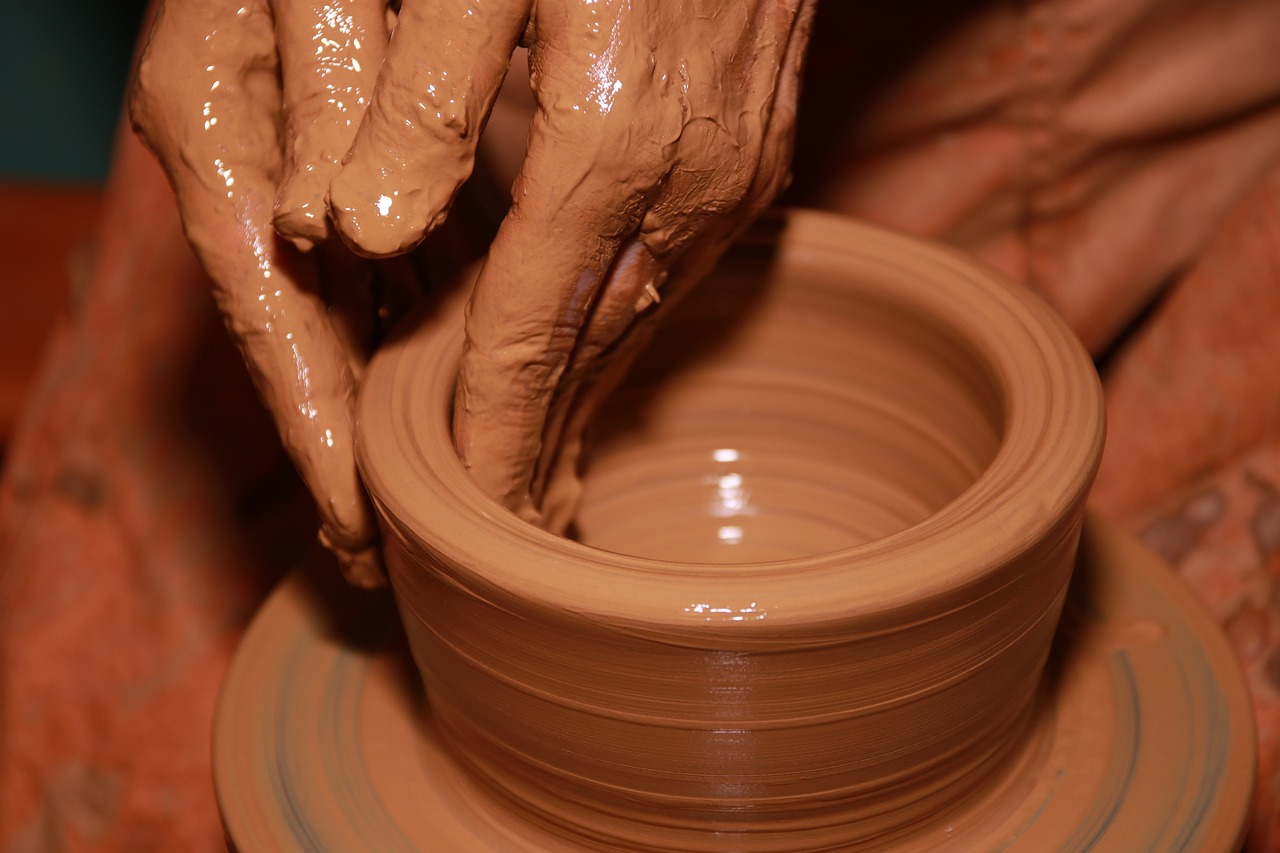
Demographics and Preferences
Understanding the demographics of your audience is a pivotal step in crafting an effective pricing strategy for your pottery. When you know who your customers are, you can tailor your offerings to meet their specific needs and preferences. For instance, consider factors such as age, income level, and personal tastes. These elements can significantly influence how much someone is willing to spend on your beautiful creations.
Let's break it down a bit. If your target audience consists mainly of young professionals in their 20s and 30s, they might be looking for trendy, affordable pieces that fit their modern aesthetic. On the other hand, if you’re targeting an older demographic, they may appreciate more traditional styles and be willing to spend a bit more for quality craftsmanship. It's like trying to find the right key for a lock; understanding your audience helps you unlock the potential of your sales.
Additionally, preferences can vary widely among different groups. For example, some customers might prioritize sustainability and eco-friendliness in their purchasing decisions, while others might be drawn to unique, one-of-a-kind pieces that make a statement. To illustrate this point, here’s a quick overview of potential customer preferences:
| Demographic | Preferences |
|---|---|
| Young Professionals | Trendy designs, affordability, functionality |
| Families | Durability, practicality, kid-friendly designs |
| Luxury Buyers | Exclusivity, high-quality materials, artistry |
| Eco-Conscious Consumers | Sustainable materials, ethical production, natural aesthetics |
By keeping these preferences in mind, you can adjust your pottery’s pricing to reflect the value that resonates with your audience. It’s not just about slapping a price tag on your work; it’s about creating a connection with your customers. When they feel that your pottery aligns with their values and tastes, they are more likely to invest in it. Remember, pricing isn't just a number; it's a conversation between you and your audience, and understanding their demographics helps you engage in that dialogue more effectively.
- How do I determine the right price for my pottery? Start by calculating your costs, researching the market, and understanding your target audience's demographics and preferences.
- What if my pottery is unique? Highlight the unique aspects of your work to justify a higher price. Use value-based pricing to reflect its true worth.
- Should I adjust my prices for different markets? Yes, consider the demographics and buying habits of different customer segments when setting your prices.
- How often should I review my pricing strategy? Regularly review your pricing strategy, especially after significant changes in costs, market trends, or customer feedback.
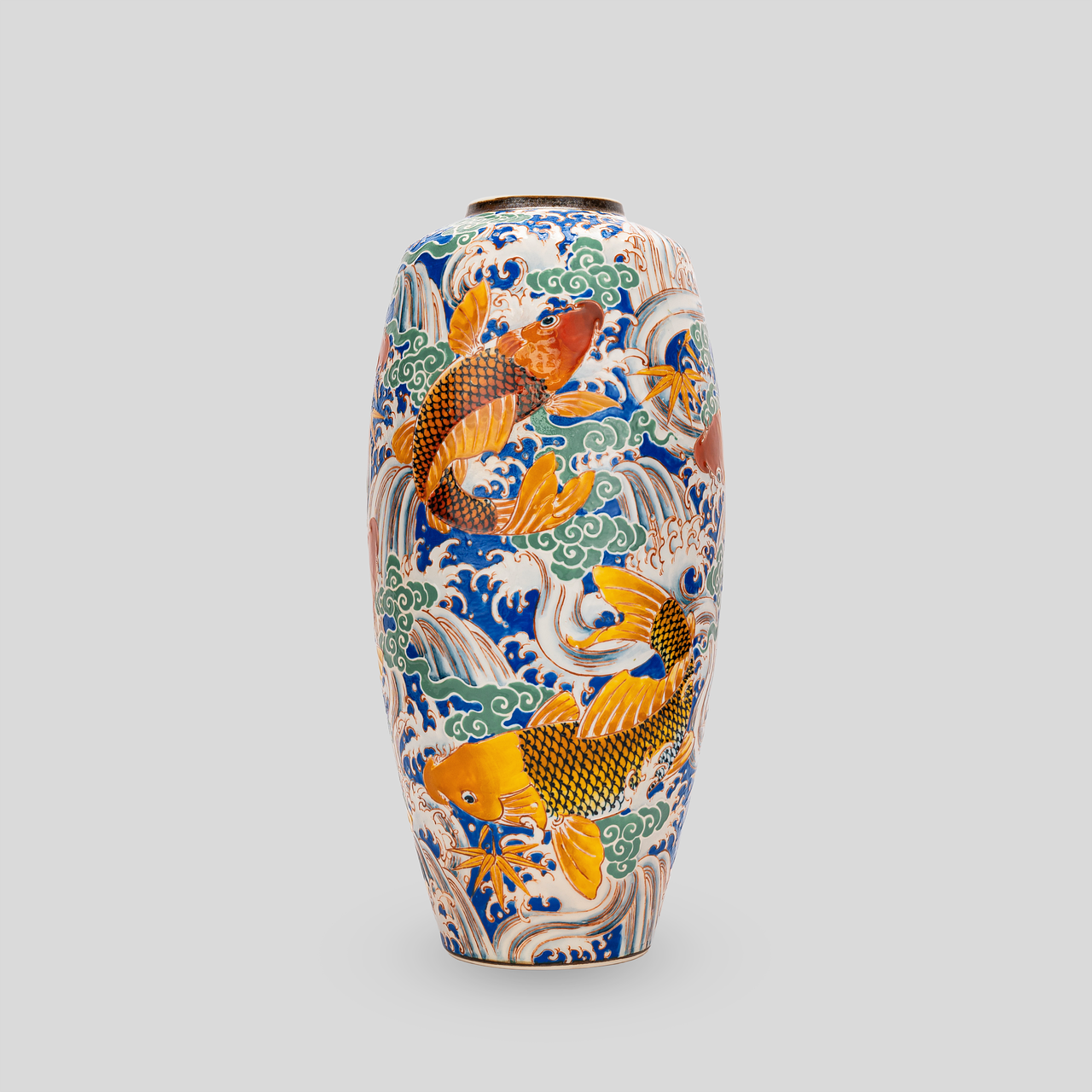
Buying Habits
Understanding the of your audience is crucial when it comes to pricing your pottery. Have you ever wondered why some pieces fly off the shelves while others gather dust? It often boils down to how well you align your pricing with what your customers are looking for. For instance, if your target audience is primarily young professionals who appreciate unique, handcrafted items, they may be willing to spend more on a piece that speaks to their personal style. However, if you’re targeting families on a budget, affordability might be their primary concern.
To get a clearer picture of your audience's buying habits, consider the following factors:
- Price Sensitivity: Are your customers price-sensitive? If so, you might want to offer a range of products at different price points to cater to various budgets.
- Purchase Frequency: How often do they buy pottery? Understanding whether they are occasional buyers or frequent collectors can help you adjust your pricing strategy.
- Occasion-Based Purchases: Are your buyers looking for pottery for special occasions, such as weddings or holidays? This can influence how much they are willing to spend.
Moreover, consider the emotional connection your pottery creates. People often buy based on feelings, not just functionality. If your work evokes a sense of nostalgia or tells a story, customers may justify a higher price. For example, a beautifully crafted vase that reminds someone of their grandmother's home could command a premium because of its emotional significance.
Lastly, don’t forget to keep an eye on trends in the pottery market. Are there specific styles or colors gaining popularity? Adjusting your prices in line with trends can help you tap into the current demand while ensuring your pieces remain desirable. By analyzing these buying habits and adjusting your pricing strategy accordingly, you’ll be better positioned to attract and retain customers who value your artistry.
- What is the best way to determine my pottery's price?
Start by calculating your costs, researching the market, and understanding your audience's buying habits. - How can I justify higher prices for my pottery?
Emphasize the craftsmanship, uniqueness, and emotional value of your work to enhance its perceived worth. - Should I offer discounts or promotions?
Occasional promotions can attract new customers, but ensure they don’t undervalue your work. - How often should I reassess my pricing strategy?
Regularly review your prices, especially when you introduce new products or notice changes in market trends.

Value Perception
When it comes to pricing your pottery, is a game changer. It’s not just about the clay, glaze, or the time you spent crafting that beautiful piece; it’s about how your customers perceive its worth. Imagine walking into a gallery filled with stunning art, and you instantly feel a connection to a piece that speaks to you. That emotional response is what you want to evoke in your buyers. The more they feel that connection, the more they’re willing to pay.
To enhance the perceived value of your pottery, consider the following aspects:
- Craftsmanship: Showcase the skill and effort that goes into each piece. Whether you’re hand-throwing or using a wheel, let your audience see the artistry involved.
- Uniqueness: Highlight what makes your pottery stand out. Is it a special technique, a unique design, or perhaps a story behind the piece? These elements can significantly boost its perceived value.
- Artistic Expression: Your pottery is an expression of your creativity. Share your inspiration and the narrative behind your work. This personal touch can resonate deeply with potential buyers.
Think of your pottery as not just a product but as a story waiting to be told. Each piece can represent a chapter of your artistic journey, and when customers understand that story, they’re more likely to see the value behind the price tag. This is where effective marketing comes into play. Utilize social media platforms, your website, and even local art shows to tell your story and connect with your audience.
Additionally, consider how you present your pottery. A well-styled display can enhance the perceived value. Use beautiful photography for your online listings, and create an inviting atmosphere at craft fairs or galleries. You want people to feel that they’re not just buying a piece of pottery; they’re investing in a work of art.
Finally, don’t underestimate the power of customer testimonials and reviews. When potential buyers see that others value your work, they are more likely to perceive it as worthy of a higher price. Encourage satisfied customers to share their experiences, and display these testimonials prominently in your marketing materials.
Q: How can I determine the perceived value of my pottery?
A: Start by gathering feedback from friends, family, and your target audience. Attend art shows and observe how people interact with your work. You can also look at similar items in the market to see how they are priced and perceived.
Q: Should I adjust my prices based on customer feedback?
A: Yes! Customer feedback can provide valuable insights into how your work is perceived. If many potential customers express that they see more value in your pieces than you’re currently pricing them, it might be time to reconsider your pricing strategy.
Q: How do I communicate the value of my pottery to customers?
A: Use storytelling to share the inspiration behind your pieces, highlight your craftsmanship, and showcase the unique aspects of your work. Engaging with your audience on social media and through your website can also help convey this value effectively.
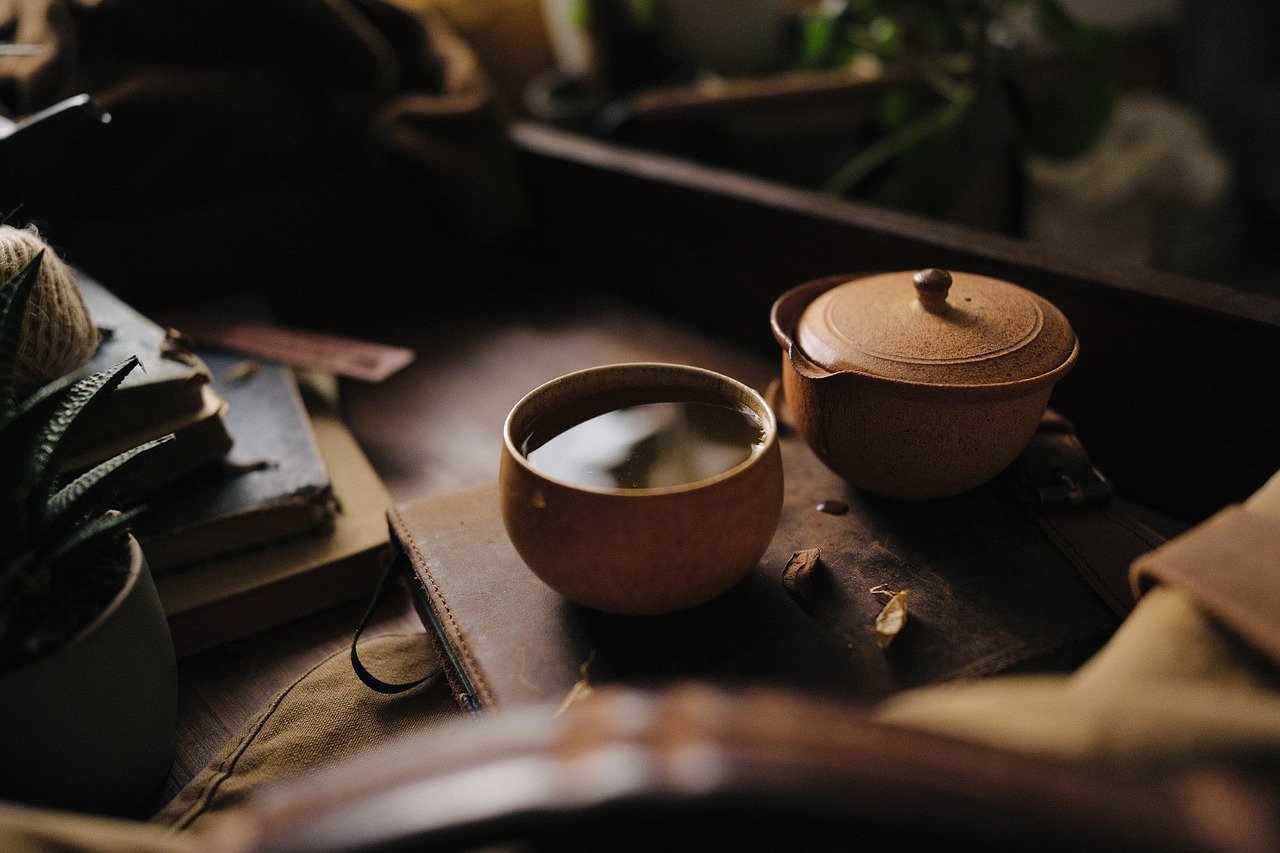
Pricing Strategies
When it comes to pricing your pottery, having a solid strategy can make all the difference between just covering your costs and actually thriving as an artist. It's not just about slapping a price tag on your work; it's about understanding the value you bring to the table and how to communicate that to your customers. One effective approach is cost-plus pricing, which involves calculating all your costs—materials, labor, and overhead—and then adding a markup to ensure a profit. This method is straightforward and helps you ensure that you’re not losing money on your creations.
However, it’s essential to consider that cost-plus pricing might not always reflect the true value of your pottery. This is where value-based pricing comes into play. Instead of merely focusing on your costs, this strategy emphasizes how much your customers perceive your work to be worth. For example, if you create a unique piece that showcases intricate craftsmanship or a design that tells a story, customers may be willing to pay significantly more than what your materials and time would suggest. By highlighting these unique aspects, you can justify higher prices and attract buyers who appreciate your artistry.
Additionally, you can experiment with competitive pricing. This strategy requires you to research what similar artists are charging for their pottery. It can be tempting to undercut competitors to attract customers, but be careful—this can devalue your work in the long run. Instead, aim to position your prices strategically based on your unique selling points. For instance, if your pottery is made from sustainable materials or incorporates a unique technique, you can set your prices higher than average competitors.
It's also worth noting that pricing isn’t static; it can evolve as your skills improve and your brand grows. Consider using a tiered pricing model where you offer different price points for various items. For example:
| Item Type | Price Range | Description |
|---|---|---|
| Basic Mugs | $15 - $25 | Simple designs, mass-produced, affordable for everyday use. |
| Artisan Bowls | $30 - $50 | Handcrafted with unique glazes, ideal for collectors. |
| Signature Pieces | $75 - $150 | One-of-a-kind creations, showcasing exceptional craftsmanship. |
This tiered approach allows you to cater to different types of customers, from those looking for budget-friendly options to collectors willing to invest in high-end pieces. Remember, pricing is as much about psychology as it is about numbers. The way you present your prices can influence how they are perceived. Consider using phrases like “limited edition” or “exclusive design” to enhance the appeal of higher-priced items.
In conclusion, developing a pricing strategy for your pottery involves a blend of understanding your costs, recognizing your value, and being aware of the market landscape. By adopting a thoughtful approach, you can set prices that not only cover your expenses but also reflect the true worth of your artistic creations. Each piece tells a story, and your pricing should communicate that narrative effectively to your potential buyers.
- How do I determine the right price for my pottery? Start by calculating all your costs and consider your unique selling points. Research competitors and assess the perceived value of your work.
- Is it better to underprice my pottery to attract more customers? No, underpricing can devalue your work. It's essential to find a balance that reflects your craftsmanship and appeals to your target audience.
- Can I change my prices later on? Absolutely! As your skills improve and your brand evolves, it’s entirely appropriate to adjust your prices accordingly.
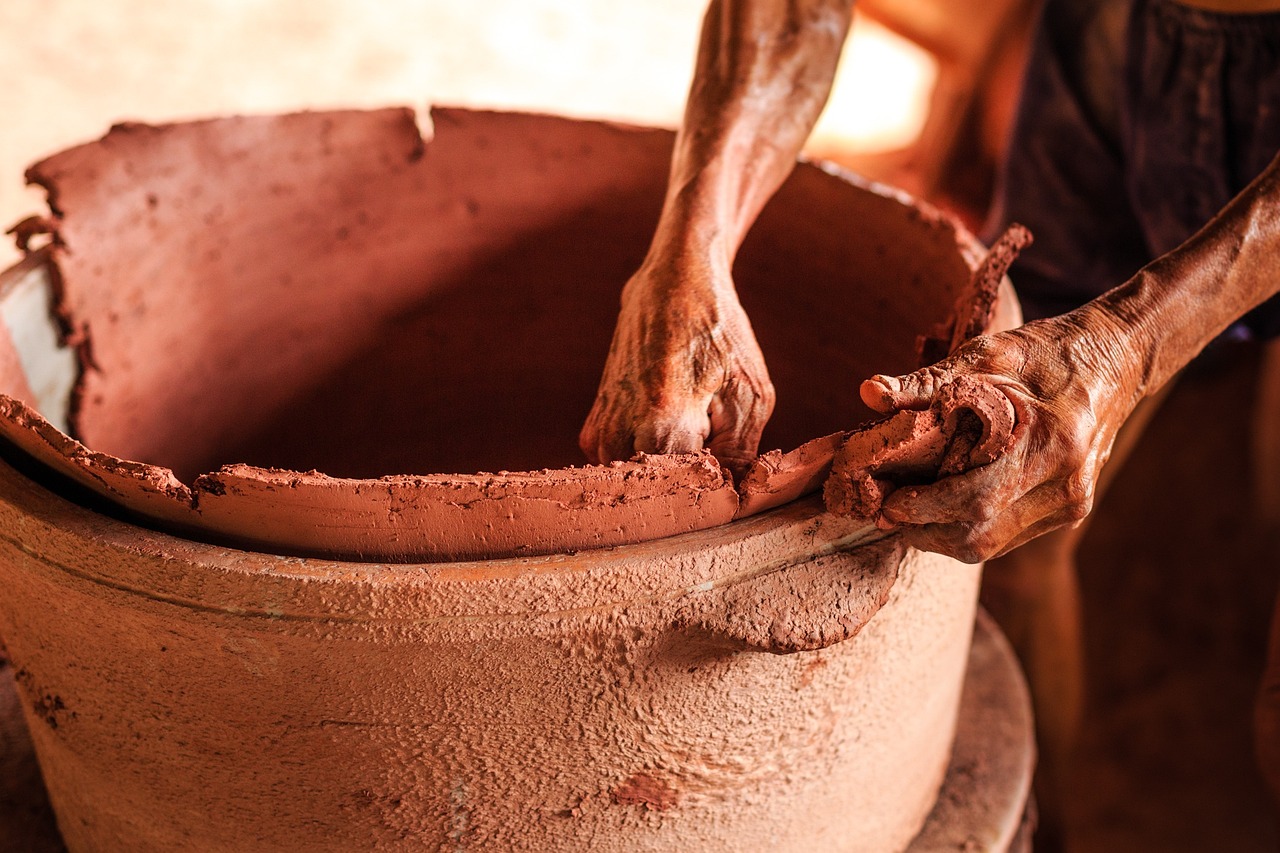
Cost-Plus Pricing
Cost-plus pricing is a straightforward and effective method for pottery artists to determine the price of their creations. At its core, this pricing strategy involves calculating the total costs associated with producing a piece of pottery and then adding a specific markup to ensure profitability. This approach is particularly appealing for artists who may feel overwhelmed by the complexities of market dynamics or the subjective nature of art pricing.
To implement cost-plus pricing, you first need to gather all relevant costs, which typically include:
- Materials: This encompasses clay, glazes, and any other supplies used in the creation process.
- Labor: Factor in the time spent on each piece, from shaping and firing to glazing and finishing.
- Overhead: Don’t forget about the indirect costs associated with your studio, such as rent, utilities, and equipment maintenance.
Once you've calculated these costs, you can apply a markup percentage to determine your selling price. For example, if your total costs for a pottery piece amount to $50 and you decide on a markup of 40%, your selling price would be:
| Cost | Markup (%) | Selling Price |
|---|---|---|
| $50 | 40% | $70 |
This method ensures that you not only cover your costs but also earn a profit that reflects your effort and artistry. However, while cost-plus pricing is simple, it’s essential to remain aware of your market. If similar pottery pieces are priced significantly lower, you might need to reassess your markup to remain competitive.
Another consideration is to periodically review your costs and adjust your prices accordingly. As material prices fluctuate or as you gain experience and improve your skills, your cost structure may change. Keeping an eye on these factors will help you stay profitable and relevant in the ever-evolving pottery market.
In summary, cost-plus pricing offers a solid foundation for pricing your pottery. By understanding your costs and applying a reasonable markup, you can ensure that your artistic endeavors are both sustainable and rewarding. Just remember to balance this method with market insights to create a pricing strategy that works best for you.
- What is cost-plus pricing?
Cost-plus pricing is a method where you calculate the total production costs of your pottery and then add a markup to determine the selling price. - How do I determine my markup percentage?
Your markup percentage can depend on factors like your target profit margin, market conditions, and the perceived value of your work. - Is cost-plus pricing the best strategy for pottery artists?
While cost-plus pricing is straightforward, it’s important to consider other strategies, such as value-based pricing, to ensure your prices reflect the true worth of your art.
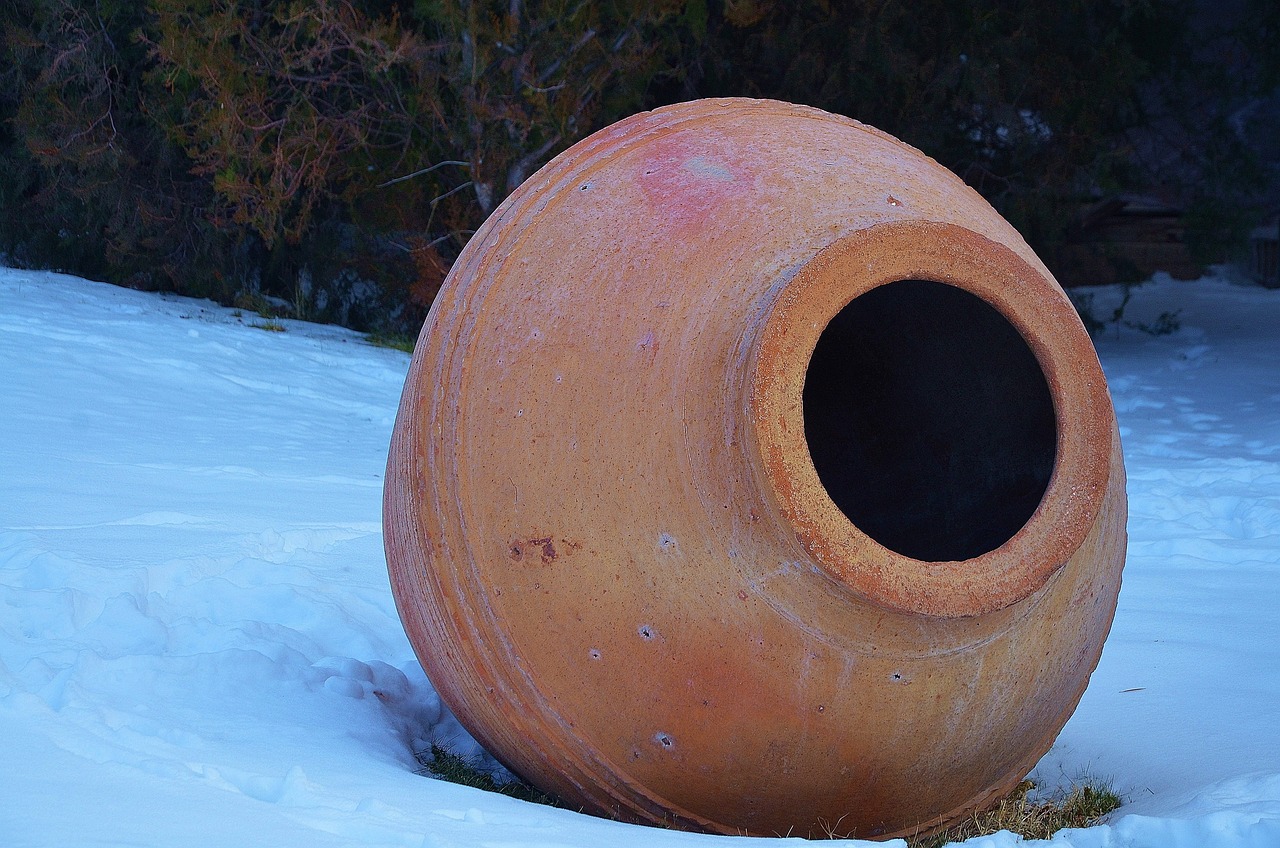
Value-Based Pricing
When it comes to pricing your pottery, stands out as a powerful strategy that can significantly impact your sales. Unlike traditional methods that focus solely on costs, this approach emphasizes the perceived value of your work in the eyes of your customers. Imagine walking into a gallery filled with stunning pottery; what makes you pause and admire a particular piece? Often, it’s the story behind it, the craftsmanship, and the emotions it evokes. This is the essence of value-based pricing.
To successfully implement value-based pricing, you first need to understand what makes your pottery unique. Ask yourself: what sets your work apart from others? Is it the intricate designs, the quality of materials, or perhaps the techniques you use? By highlighting these unique aspects, you create a narrative that enhances the perceived value of your pieces. For instance, if you use sustainable materials or traditional techniques passed down through generations, these elements can justify a higher price point.
Another critical aspect of value-based pricing is knowing your audience. Different demographics will have varying perceptions of value. For example, a young couple looking for affordable decor may not see the same value in a hand-thrown vase as a seasoned collector who appreciates artistry and craftsmanship. Understanding your audience’s preferences and buying habits allows you to tailor your pricing strategy effectively.
It’s also beneficial to consider creating a value proposition that clearly communicates the benefits of your pottery. This can be done through storytelling on your website, social media, or even in-person at craft fairs. When customers can connect emotionally with your work, they are often willing to pay more. For instance, if you tell the story of how a particular piece was inspired by nature or a personal experience, it adds depth and meaning, elevating its value.
To illustrate the differences between pricing strategies, consider the following table that compares value-based pricing with cost-plus pricing:
| Pricing Strategy | Description | Advantages |
|---|---|---|
| Value-Based Pricing | Pricing based on the perceived value to the customer. | Can lead to higher profits; aligns price with customer willingness to pay. |
| Cost-Plus Pricing | Setting prices by adding a markup to the total cost. | Simpler to calculate; ensures costs are covered. |
In conclusion, is not just about numbers; it’s about the story, the craftsmanship, and the emotional connection your pottery creates with your audience. By focusing on these elements, you can set prices that reflect the true worth of your work. Remember, pricing is an art in itself—just like the pottery you create.
- What is value-based pricing?
Value-based pricing is a strategy where prices are set based on the perceived value of a product to the customer rather than solely on the cost of production.
- How do I determine the perceived value of my pottery?
Understanding your audience, highlighting unique features, and telling compelling stories about your work can help you gauge and enhance perceived value.
- Can I use value-based pricing for all my pottery pieces?
While it can be effective for many pieces, it's essential to consider the target market and the specific attributes of each item to determine the best pricing strategy.
Frequently Asked Questions
- How do I determine the cost of materials for my pottery?
To accurately determine the cost of materials, start by listing all the items you need, such as clay, glazes, and tools. Then, calculate the total cost of these materials, including any shipping fees. Don't forget to factor in the amount of material you typically use for each piece, as this will help you gauge the cost per item.
- What is the best way to conduct market research for my pottery?
Begin by exploring local galleries, craft fairs, and online marketplaces to see what similar pottery is priced at. Take note of your competitors' pricing strategies and identify what makes your work unique. Engaging with your target audience through social media can also provide insights into their preferences and willingness to pay.
- How can I identify my target audience for pricing my pottery?
Understanding your target audience involves analyzing their demographics, such as age, income level, and interests. Create a customer profile that includes these details, and consider conducting surveys or interviews to gather more information. This will help you tailor your prices to match what your ideal customers are willing to spend.
- What is value perception, and why is it important for pricing?
Value perception refers to how customers view the worth of your pottery based on its craftsmanship, uniqueness, and artistic expression. It's crucial because a higher perceived value can justify higher prices. To enhance value perception, make sure to showcase the story behind your work and highlight the quality of materials used.
- What are some effective pricing strategies for pottery?
There are several pricing strategies you can adopt, including cost-plus pricing, where you add a markup to your costs, and value-based pricing, which focuses on the perceived value of your work. Competitive pricing is another option, where you set prices based on what others in the market are charging. Experiment with these strategies to find the one that resonates best with your audience.
- How can I adjust my prices based on buying habits?
To adjust your prices based on buying habits, analyze your audience's purchasing patterns. Are they looking for affordable options, or do they prefer luxury items? You can gather this information through surveys or by observing sales trends. Once you understand their habits, you can set price points that align with their expectations.


















